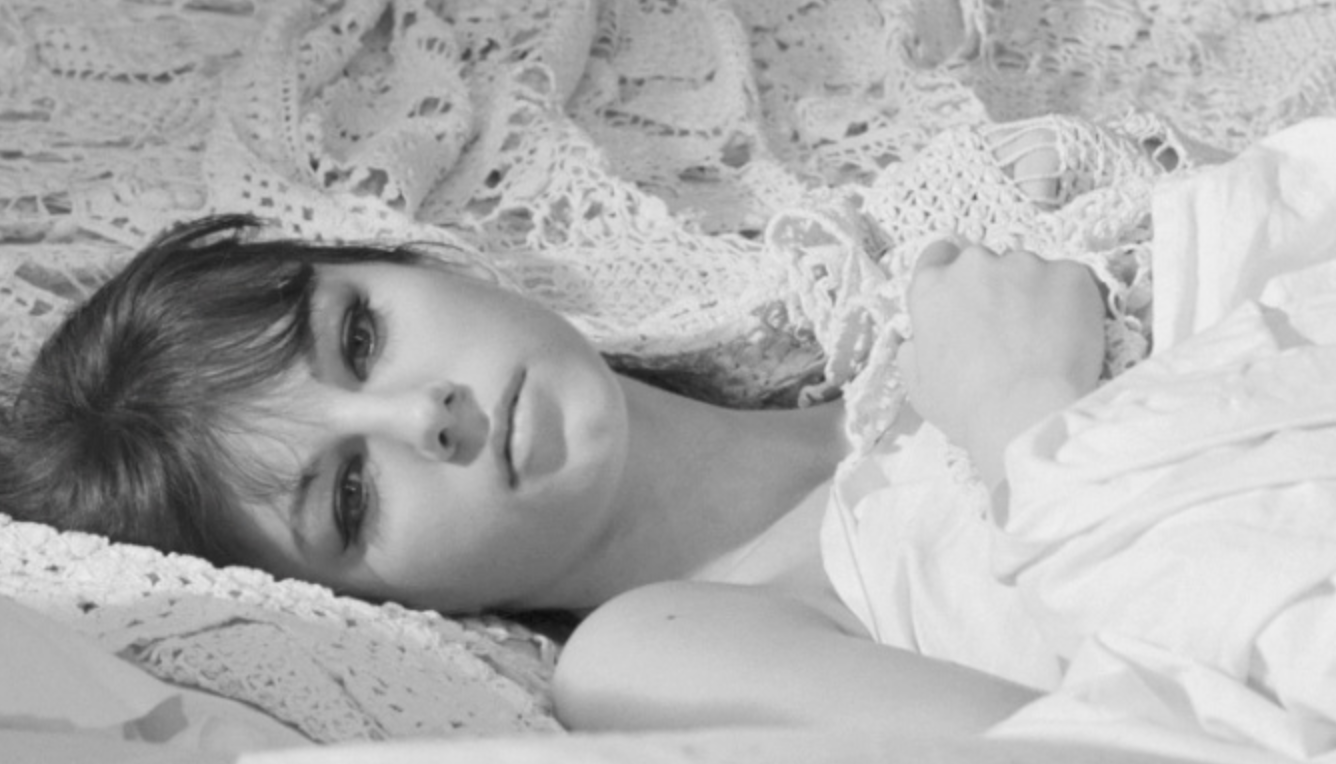Patricia Barry didn’t simply act her way across six decades of American entertainment—she outmaneuvered the business, outlasted eras, and used her success to pry open the gates for the women behind her. Born Patricia Allen White in Davenport, Iowa, in 1922, she was the daughter of a physician, a Midwestern girl with a spine built for discipline and a voice built for stage work. She wasn’t raised on glamour—she built it. She studied acting seriously at Stephens College under Maude Adams, the Broadway legend whose influence seeped into generations of performers. Patricia didn’t stumble into talent; she trained for it like a craftswoman. Stage work followed. A Rita Hayworth look-alike contest cracked the first door open, and Warner Bros. pulled her into Hollywood. But Patricia Barry was never meant to be one of those studio starlets whose fame burns hot and ends quick. She was built for longevity—and television was about to become her kingdom. She started in summer stock in Peterborough, New Hampshire—a rite of passage for serious actors—and parts followed on Broadway: Not prestige productions, but real work. The kind of roles that teach an actress how to command a room, how to pivot from comedy to drama on a dime. She also performed in Los Angeles and Flagstaff, on stages wherever the work was—an early sign that Patricia Barry wasn’t waiting for things to come to her. She chased craft, not validation. Warner Bros. put her in five movies in 1946 alone—but she got screen credit in just one (The Beast with Five Fingers). She worked steadily for four years across Paramount, Columbia, RKO, and Gene Autry’s company, but film roles rarely gave her room to shine. Hollywood pigeonholed women fast, and it pigeonholed her early. Still, she kept returning to film sporadically across decades: – The Tattooed Stranger Her filmography is a quiet proof of endurance—roles that reappear every decade because Patricia Barry never stopped being reliable, professional, and magnetic. Television is where Patricia Barry made history. From 1950 to 2005, she appeared in over 100 different television series—a staggering, near-unmatched career. She was everywhere, in every genre, becoming one of TV’s most dependable chameleons. She could be warm, icy, seductive, brittle, villainous, elegant, or dangerous, depending on what the script demanded. Television directors knew her name meant delivery. Her credits are a map of TV history: • Playhouse 90 She wasn’t the star. And she didn’t just guest-star. She anchored entire worlds on daytime television: Addie Horton – Days of Our Lives (1971–1974) Over fifty years, she crafted the kind of résumé most actors would envy, leaning not on glamour but on craft. Three Emmy nominations—proof the industry was watching. Patricia Barry didn’t just work in Hollywood. She was a founding member and president of Women in Film (WIF)—an organization that would become an international movement advocating for women directors, producers, writers, and technicians long before “inclusion riders” were even a concept. She helped build WIF chapters across the U.S. and abroad. She co-founded the American Film Institute Associates. She served on boards for: – SAG She didn’t hoard success—she redistributed it. She spent a lifetime creating pathways for women who weren’t allowed access to the ones she’d had to carve herself. She married producer Philip Barry Jr. in 1950. In a city known for quick marriages and quicker divorces, their partnership was a quiet rebellion. Patricia Barry died in Los Angeles in 2016 at age 93—her final TV appearance having aired more than a decade earlier, her final film just two years before she passed. Her daughters produced a documentary about her life, Heartland to Hollywood—a fitting title for a woman who never forgot where she came from and never stopped shaping where she was going. Patricia Barry was never a household name. But her presence—steady, elegant, smart, and relentless—helped build the framework of American television. More importantly, her activism helped chip away at one of Hollywood’s oldest ceilings. Her legacy is thousands of scenes, She wasn’t just a working actress.The Stage: Where Her Voice First Took Shape
The Pink Elephant (1953)
Goodbye Again (1956)Film: The Contract Years and the Misleading Promise of Hollywood
– Send Me No Flowers
– Dear Heart
– Twilight Zone: The Movie
– For Keeps
– Sea of LoveTelevision: Where She Became a Fixture, a Face, and a Force
• Alfred Hitchcock Presents
• The Twilight Zone
• The Donna Reed Show
• Route 66
• Rawhide
• The Rifleman
• 77 Sunset Strip
• Gunsmoke
• Ironside
• Columbo
• Police Woman
• Charlie’s Angels
• Knots Landing
• Dallas
• Murder, She Wrote
She was the spine—the actress who made episodes credible.
Peg English – All My Children (1981–2005)
Sally Gleason – Guiding Light
Isabelle Alden – LovingThe Advocate: Woman, Organizer, Leader
She changed it.
– The Academy of Motion Picture Arts and Sciences
– The National Academy of Television Arts and Sciences
– Stephens College
– The John Tracy ClinicPersonal Life: A Marriage of Longevity in a Town Built on Brief Affairs
They stayed married for 48 years until his death in 1998.
They had two daughters.The Final Curtain
What She Leaves Behind
She was never a gossip headline.
Her celebrity wasn’t loud.
hundreds of characters,
dozens of actresses she helped uplift,
and a career that lasted half a century because she earned every moment of it.
She was a working force.

